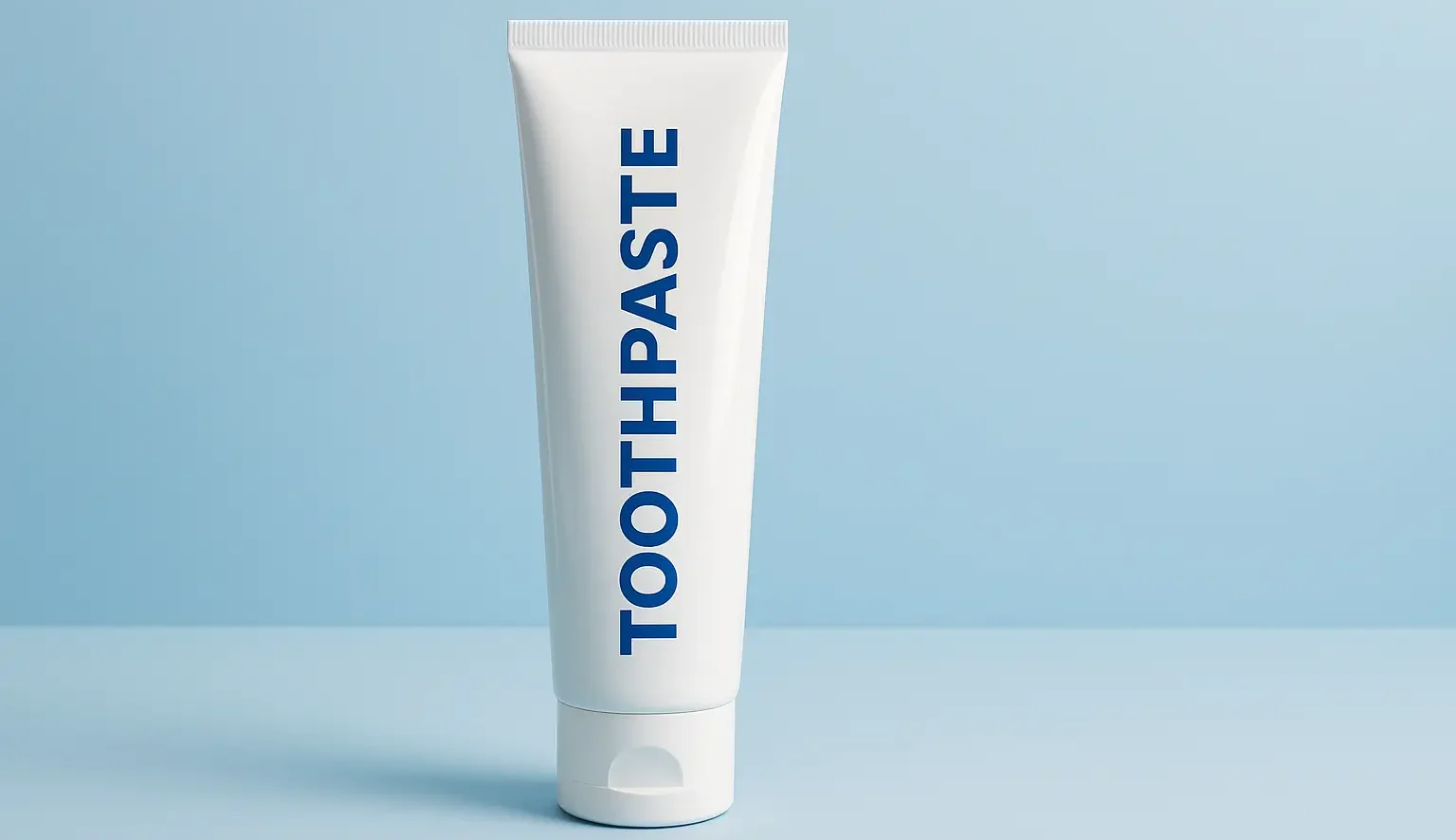Definition of Toothpastes:

- Toothpastes are complex formulations designed to clean and polish teeth, protect against cavities, and freshen breath.
- The primary mechanisms include mild abrasive action, chemical plaque removal, and beneficial active ingredients like fluoride.
Formulation Goals:
- Cleaning: Mechanical removal of plaque and food debris.
- Mild Abrasivity: Effective yet gentle on tooth enamel.
- Foaming: Aid in spreading active ingredients and improving the sensory feel.
- Flavor and Freshness: Pleasant taste and breath-freshening effect.
- Stability: Maintain a uniform paste with controlled viscosity and prevent separation.
Key Ingredients:
- Abrasives: Remove plaque and stains (e.g., calcium carbonate, silica).
- Humectants: Prevent drying (e.g., glycerin, sorbitol).
- Binders: Provide consistency (e.g., carboxymethyl cellulose, xanthan gum).
- Fluorides: Prevent cavities (e.g., sodium fluoride).
- Flavoring Agents: Improve taste (e.g., mint oils).
Advertisements
Formulation and Preparation:
-
Pre-mixing:
- Dissolve humectants and binders in a portion of water, forming the paste base.
-
Abrasive Addition:
- Gradually incorporate the abrasive component to ensure even dispersion.
-
Incorporation of Fluoride:
- Mix in the fluoride compound, ensuring uniform distribution.
-
Surfactants and Additives:
- Add surfactants and gentle mixing to avoid foam formation at this stage.
-
Final Adjustments:
- Blend in flavorings, sweeteners, and additional actives, ensuring the final pH and viscosity are within specification.
-
Homogenization and De-aeration:
- Run through homogenizers to eliminate air bubbles that could impact texture.
-
Packaging:
- Package in tubes using a lamination or extrusion process to avoid contamination.

